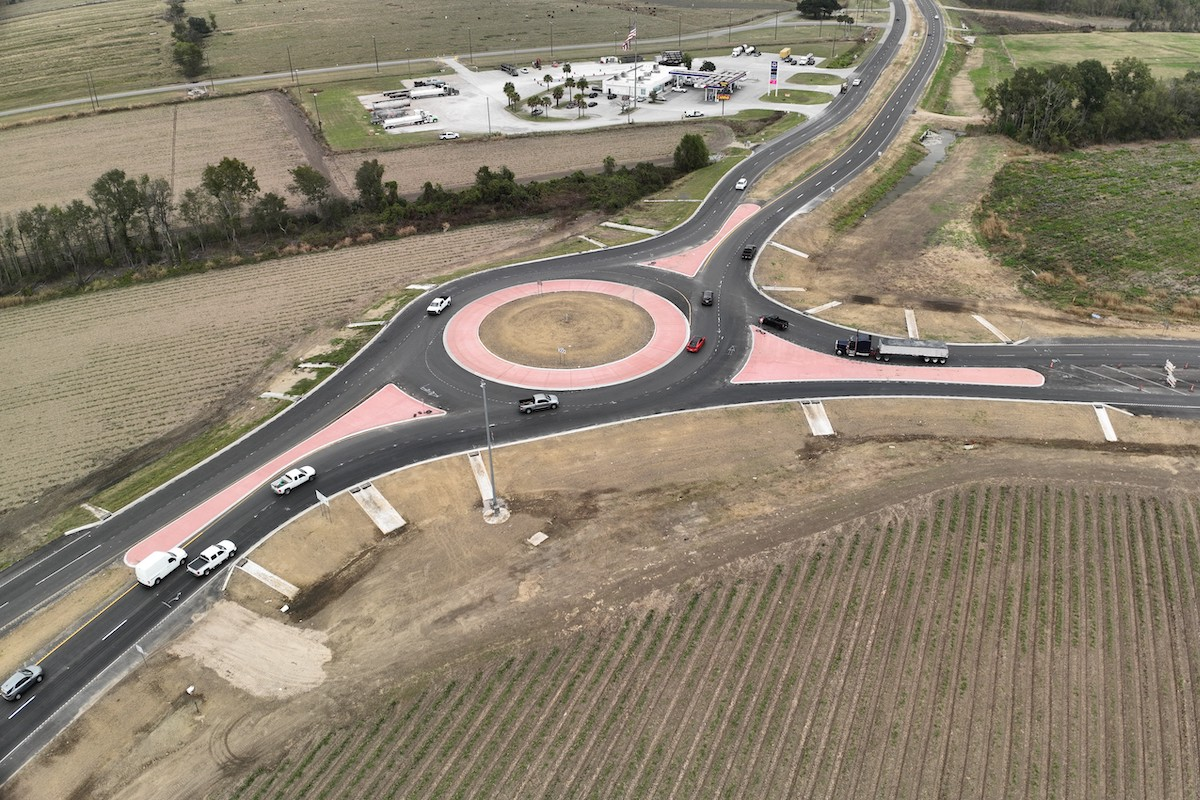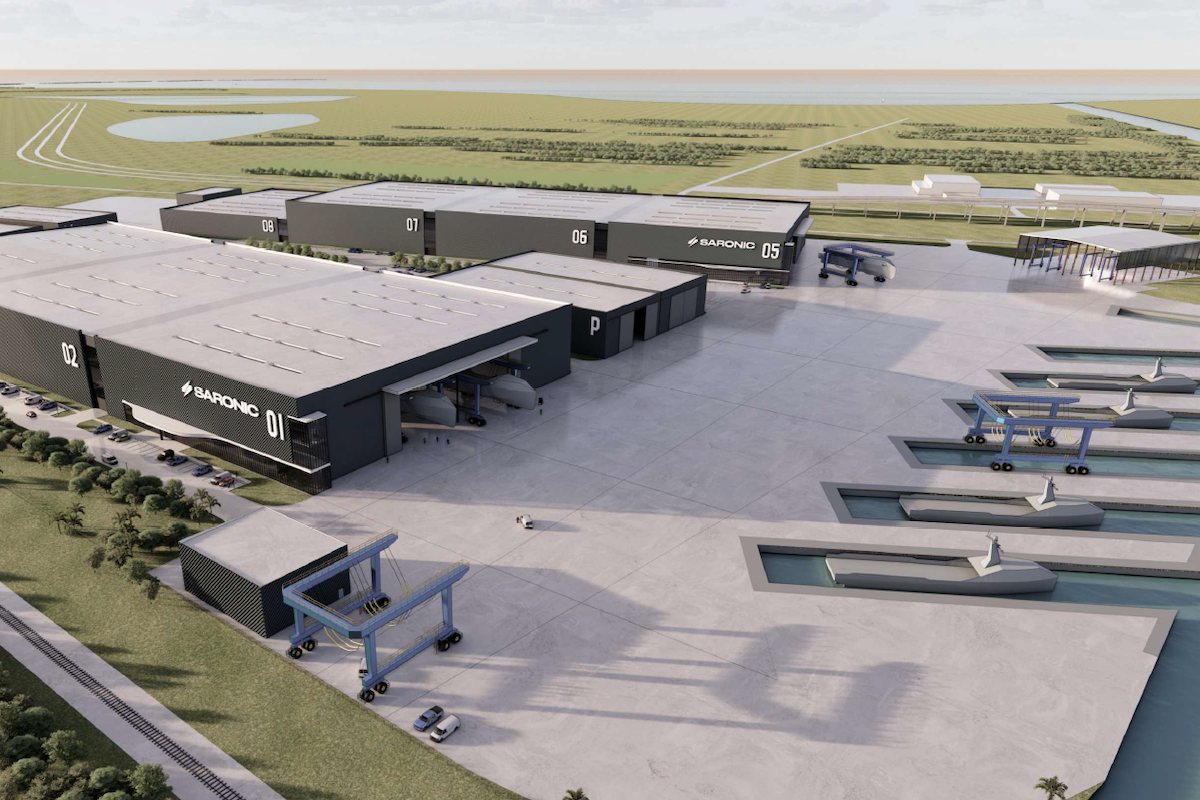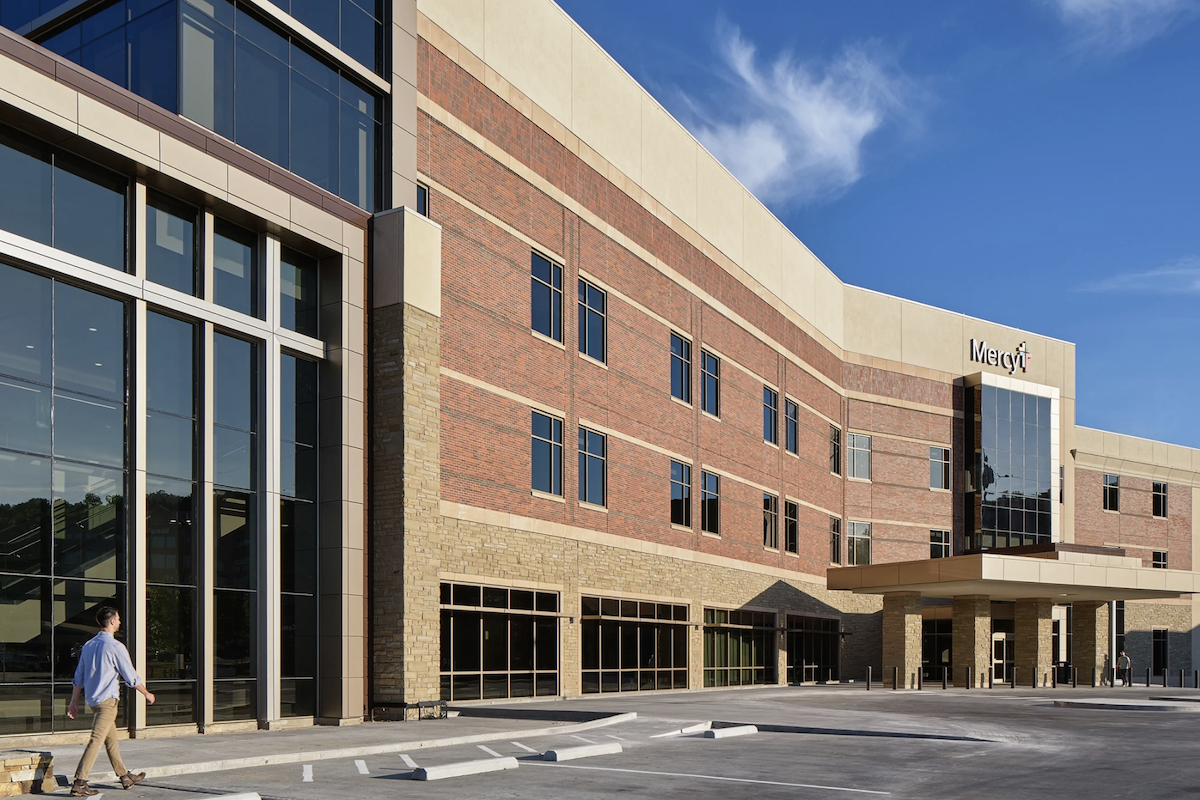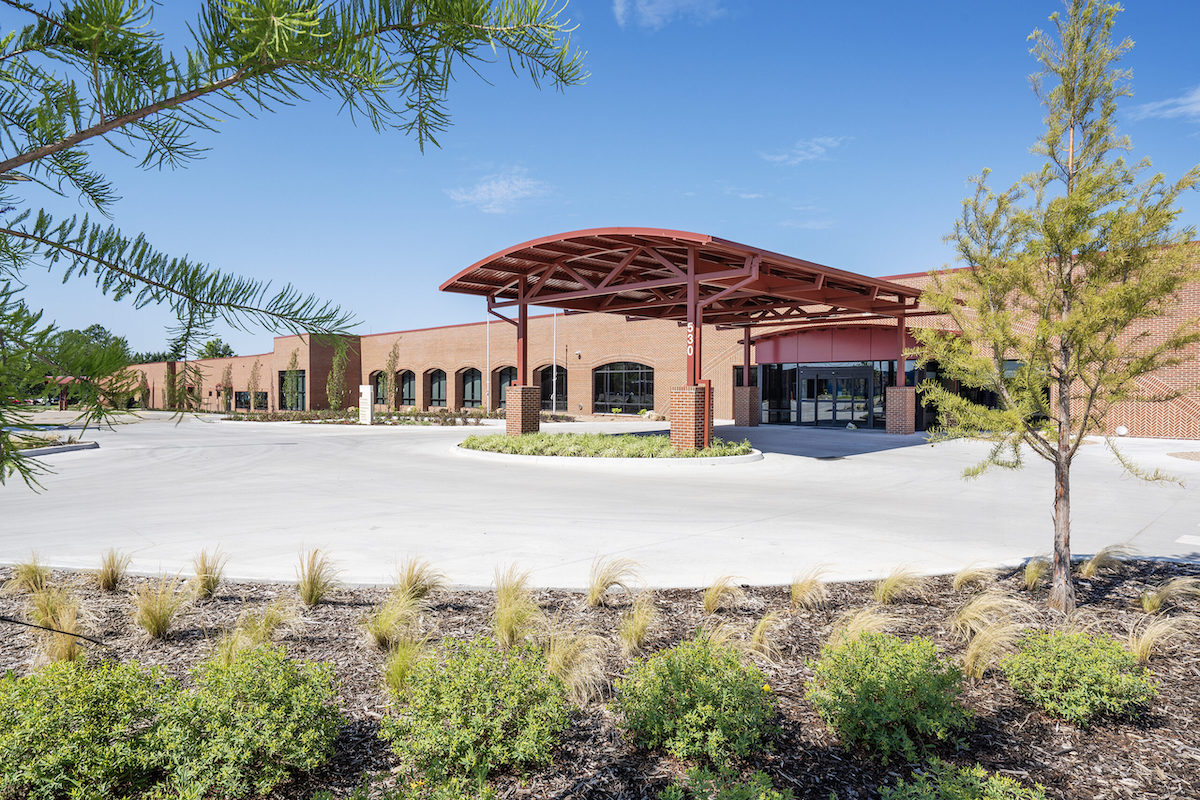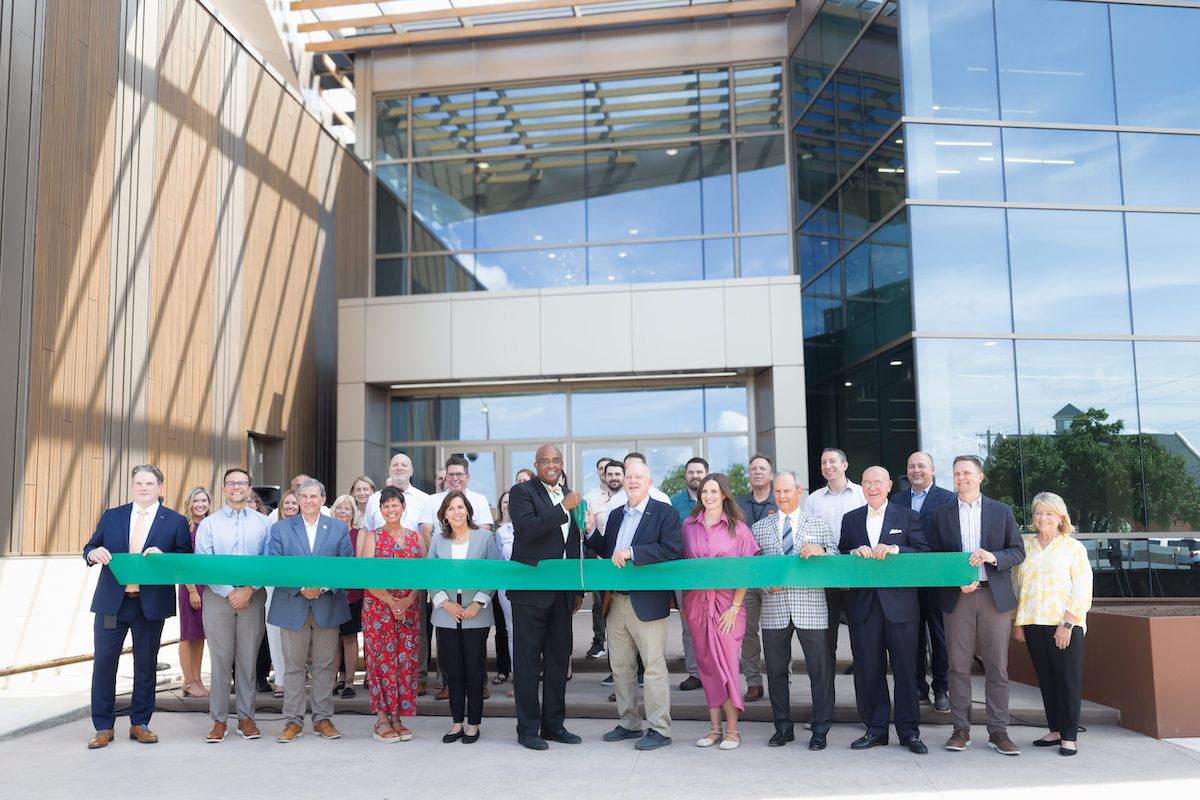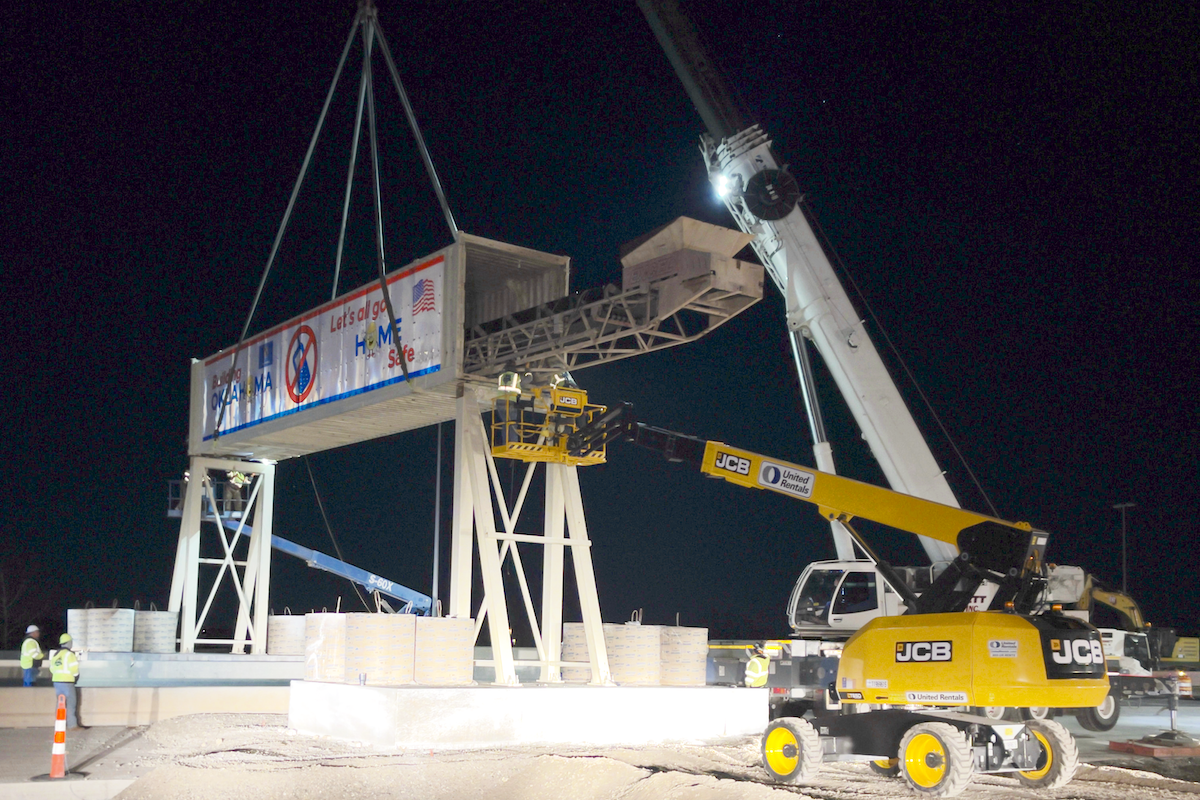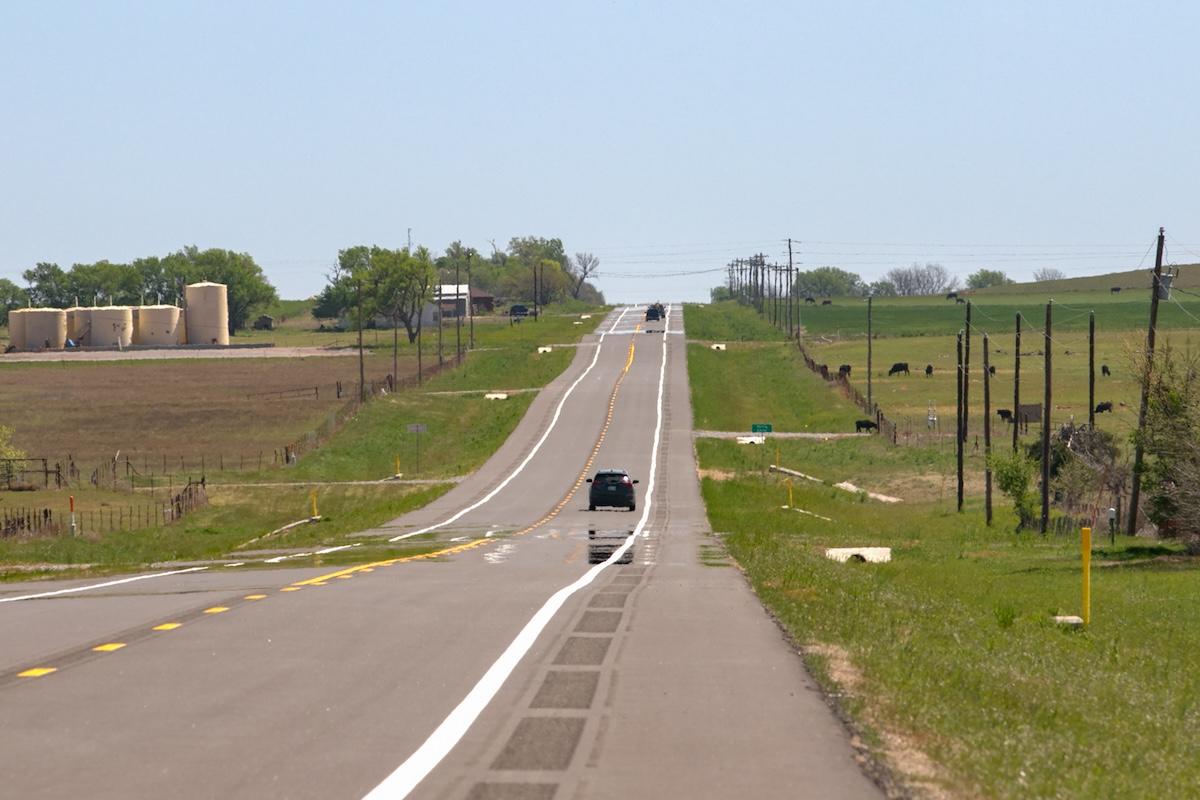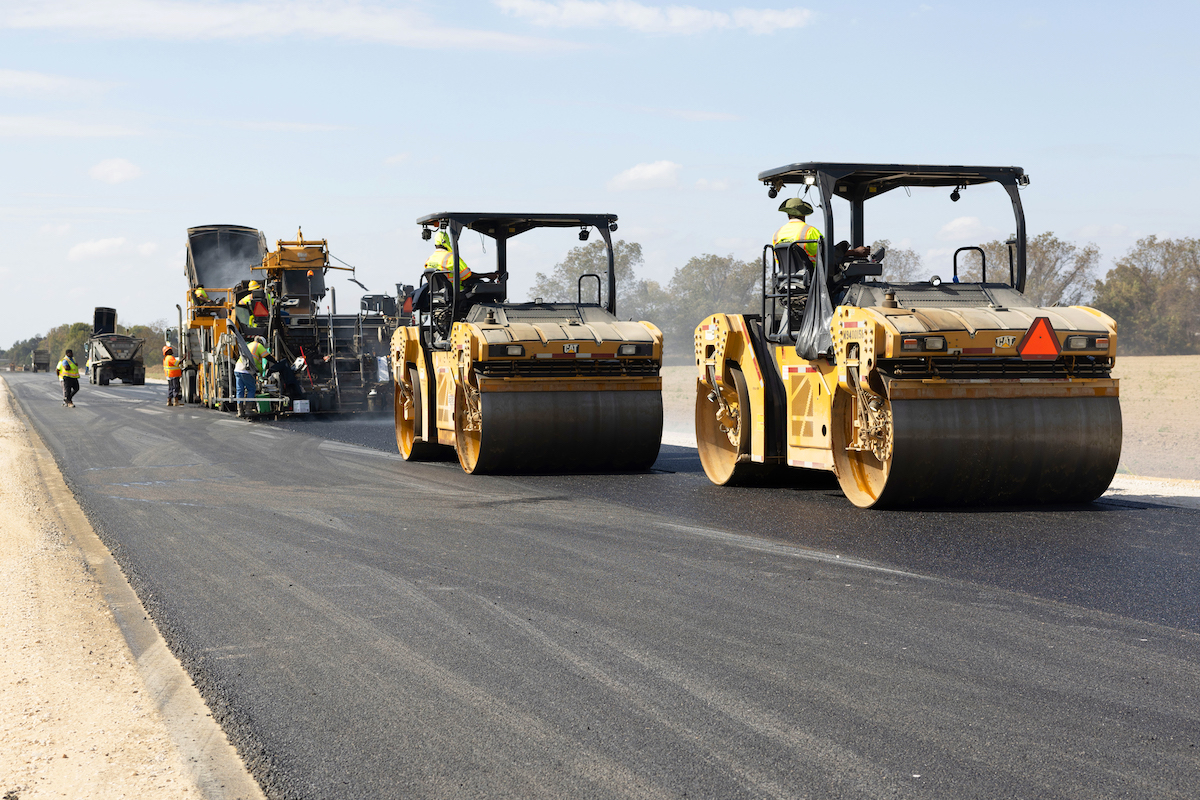Over the years, I-69 in this area has kept MDOT busy as it is in rough shape. The department did what they could to patch the road, but received regular complaints about poor road conditions.
“The many previous transverse pavement repairs and centerline joint repairs were visible and it was a rough ride throughout the limits,” says John Welch, an MDOT Assistant Construction Engineer.
In addition to the road work, two bridges in the area are being rehabbed and a new rest area is being built. The previous facility had exceeded its life expectancy and was shut down due to maintenance issues. The new facility is in a new location that is more ADA friendly, as the old building was on a slope and the new area is flatter.
The reconstruction includes the removal of the existing pavement – which is being crushed to produce about 90 percent of the proposed aggregate base – and cutting the existing roadway down as needed to build up the proposed section of roadway. The existing sand subbase that meets material specifications is being salvaged throughout the project. It’s also being left in place in areas where it's deep enough.

| Your local Komatsu America Corp dealer |
|---|
| WPI |
| Kirby-Smith Machinery |
“A geotextile fabric is being placed to keep the sand separated from an open-graded aggregate, which will allow the underlying materials to drain,” Welch explains. “The aggregate is being placed on top of the fabric and a 10-inch non-reinforced high performance concrete pavement is placed on the aggregate.”
Other work includes drainage upgrades, such as culvert replacement and grading new ditches throughout the project. Bioretention ditches are being placed to help filter stormwater before discharge. Safety improvements include geometric improvements, guardrails, signing, and pavement markings.
The roadway – two lanes in each direction – is being slightly expanded. The team is widening the outside shoulder from 8 feet to 10 feet to meet the current standards.
The team is using two modern technologies – intelligent compaction mapping and concrete maturity meters.
Intelligent compaction mapping helps ensure a more consistently compacted product while saving time and effort during compaction operations. Welch explains the process. “Sensors on the compaction roller monitor the stiffness and reaction between the drum and the material to record information used to determine when density is achieved. The equipment also has the project model loaded into a tablet, and roller passes are tracked as passes are made. These are displayed on the tablet screen and change color to let the operator and inspection team know when the desired passes are achieved. Utilizing this information, we have been able to find areas of concern, reduce testing efforts, and hopefully provide a more consistent product.”
Concrete maturity meters utilizes information from sensors put into the concrete during placement to determine the strength of the concrete. To correlate the meter readings with strength, a curve is developed by monitoring the temperature and break strength of the concrete beams up to and after strength is achieved. Once the curve is approved, the data from the meter takes the place of breaking beams – which is how MDOT has determined concrete strength in the past – to determine the strength needed to open the roadway. The data from the sensor is transmitted to an application on a smartphone. “This technology has allowed the roadway to be opened faster, helps with planning and scheduling, along with reducing needed testing,” Welch says.
Toebe Construction LLC, who has worked with MDOT on many projects in the state, is leading the team. The team worked on the westbound side of I-69 in 2022. In 2023, the team is focusing on the eastbound side. Traffic is being maintained with one lane of traffic in each direction utilizing median crossovers and a temporary concrete barrier wall separation.
A cement shortage led to work delays in 2022. “These delays significantly impacted the project schedule and made the contractor perform work out of sequence in effort to keep the project moving,” Welch says.
Another challenge is the small footprint, which leaves the team with little working space. To accommodate, the contractor built the roadway from the outside to the median in 2023, which proved beneficial as the outside shoulder provides more width. “Once the outside lane and shoulder were constructed, it created more room for construction traffic,” Welch says.
Moving materials and equipment around the worksite is also challenging, since there was only one set of ramps within the project limits and a narrow haul road.
Welch notes the bridge work is time-consuming and often drives the project schedule. “To expedite the work, the contractor chose to add in additional bridge supports and work at multiple locations on the bridge at once. This helped keep the bridge work on schedule but required the bridge to be completely closed and cut off access to the west 2 miles of the project, impacting the ability to efficiently build the road.”
The $55.5 million project is receiving financing from multiple sources. The road reconstruction, however, is being 100 percent financed by the Rebuilding Michigan Program, the Governor’s initiative to rebuild the state highways and bridges that are critical to the state economy and carry the most traffic.
The federal government is providing the bulk of the financing (81.85 percent) for the rest area and bridge work (90 percent), with the state picking up the remainder.
When the project is complete, commuters will enjoy a smoother safer ride. The bridges’ life spans will be prolonged and the rest area will have greater accessibility. That’s rebuilding Michigan.





















